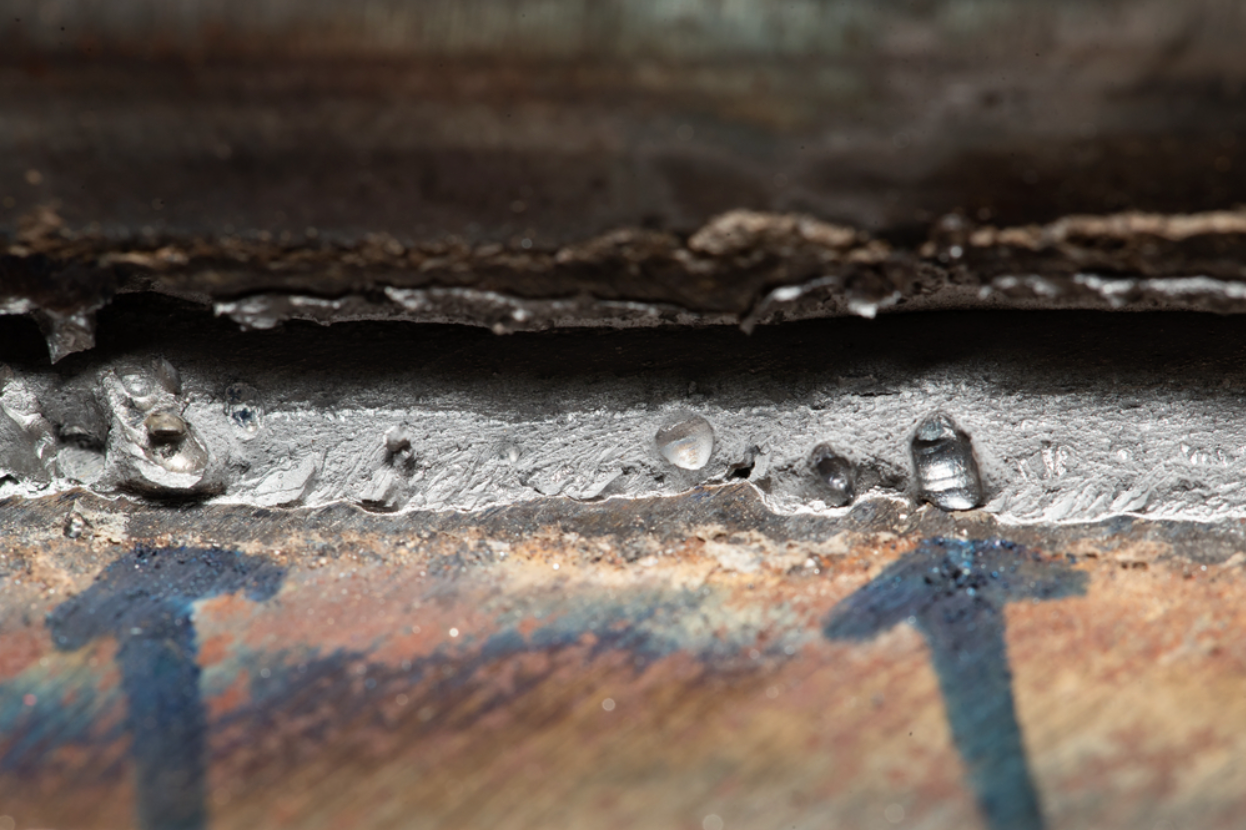Grasping the Art of Welding: How to Stay Clear Of Undercut Welding Issues for Flawless Fabrication Outcomes
By comprehending the root causes of undercut welding and carrying out effective techniques to stop it, welders can boost their craft to brand-new degrees of quality. In the quest of flawless fabrication outcomes, understanding the art of welding to stay clear of undercut issues is not just an ability however a necessity for those striving for excellence in their work.
Recognizing Undercut Welding

To avoid undercut welding, welders need to make sure correct welding specifications, such as changing the existing, voltage, traveling speed, and keeping the proper electrode angle. Furthermore, making use of the appropriate welding method for the particular joint arrangement is necessary. Using weaving activities or backstepping techniques can help ensure correct weld steel deposition and decrease the likelihood of undercut development. Routine evaluation of welds throughout and after the welding procedure is likewise important to capture any kind of undercut early and make needed adjustments to avoid more problems. Preventing weld undercut. By understanding the reasons for undercut welding and executing preventive procedures, welders can achieve top notch, structurally audio welds.
Sources Of Undercut in Welding
Recognizing the elements that add to damage in welding is important for welders to produce top quality, structurally sound welds. Undercutting happens when the weld metal does not effectively fill up the groove formed between the base steel and the formerly transferred weld steel. Several factors can bring about undercut in welding. One typical reason is excessive heat input. Welding at heats for extensive periods can cause the base metal melting more than preferred, resulting in undercut. Insufficient welding existing or inaccurate welding speed can likewise add to damage. Not enough current may not give enough warm to thaw the base and filler metals appropriately, while excessive rate can avoid proper fusion, triggering undercut. Furthermore, inappropriate electrode angles or wrong torch manipulation methods can produce locations of reduced weld steel deposition, promoting undercut. Recognizing these reasons and implementing proper welding strategies can assist protect against undercutting problems, guaranteeing strong and durable welds.
Methods to stop Undercutting

To minimize the risk of undercutting in welding, welders can utilize strategic welding techniques aimed at enhancing the high quality and stability of the weld joints. One effective method is to change the welding criteria, such as voltage, present, and travel rate, to make certain appropriate heat input and deposition. Preserving a suitable electrode angle and guaranteeing constant travel rate can also aid prevent undercut. Additionally, making use of the correct welding technique for the certain joint setup, such as weave or stringer grains, can add to decreasing undercutting. Preventing weld undercut.
Furthermore, correct joint preparation, including ensuring clean base products without contaminants and utilizing the suitable welding consumables, is vital in protecting against undercut problems. Using back-step welding techniques and regulating the weld bead account can also help distribute warmth evenly and reduce the risk of undercut. Normal evaluation of the weld joint throughout and after welding, along with applying top quality guarantee measures, can aid in spotting and attending to undercutting concerns immediately. By carrying out these methods vigilantly, welders can try this website achieve flawless manufacture results with very little undercut defects.
Value of Proper Welding Criteria
Selecting and preserving ideal welding criteria is important for accomplishing successful welds with minimal problems. Welding criteria describe variables such as voltage, present, travel rate, electrode angle, and shielding gas flow rate that straight impact the welding procedure. These criteria have to be thoroughly changed based on the kind of product being welded, its density, and the welding strategy used.
Correct welding specifications make certain the correct amount of heat is applied to melt the base steels and filler product evenly. If the criteria are established too expensive, it he said can cause extreme heat input, causing distortion, burn-through, or spatter. On the other hand, if the parameters are also reduced, insufficient fusion, absence of infiltration, or undercutting may take place.
Quality Control in Welding Operations

Conclusion
To conclude, mastering the art of welding requires an extensive understanding of undercut welding, its reasons, and methods to avoid it. By guaranteeing proper welding criteria and implementing quality control techniques, remarkable construction results can be accomplished. It is essential for welders to continually pursue quality in their welding operations to stay clear of undercut issues and create high-quality welds.
Undercut welding, a typical issue in welding processes, occurs when the weld metal does not correctly load the groove and leaves a groove or depression along the this contact form welded joint.To stop undercut welding, welders need to guarantee correct welding criteria, such as changing the existing, voltage, traveling rate, and preserving the correct electrode angle. Poor welding wrong or present welding rate can additionally contribute to damage.To minimize the risk of damaging in welding, welders can use critical welding methods aimed at improving the quality and integrity of the weld joints.In verdict, mastering the art of welding needs an extensive understanding of undercut welding, its reasons, and strategies to stop it.